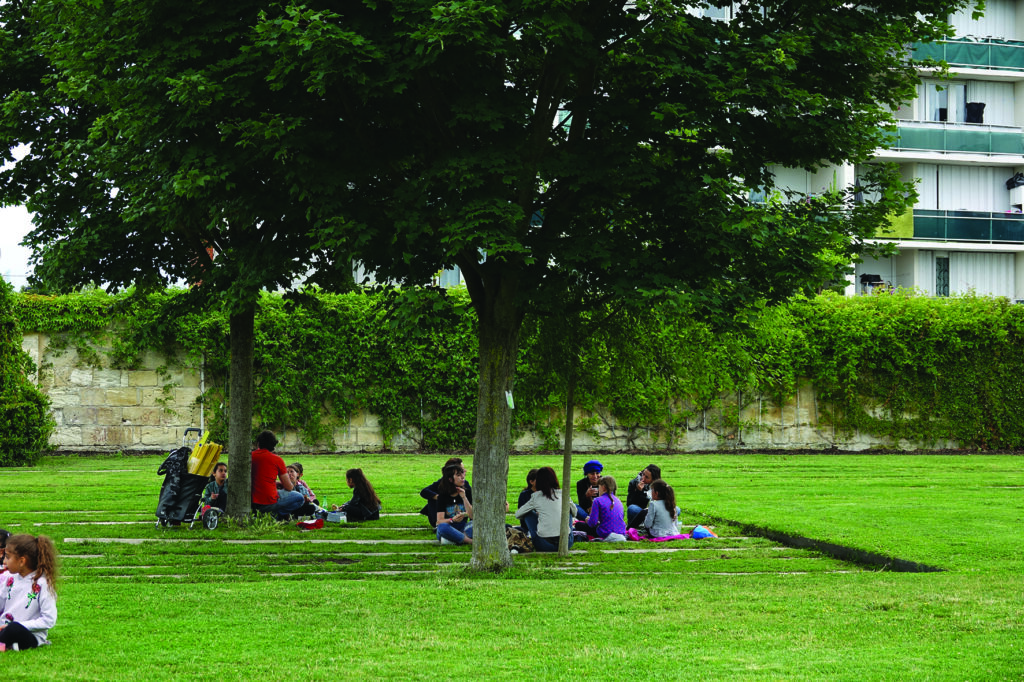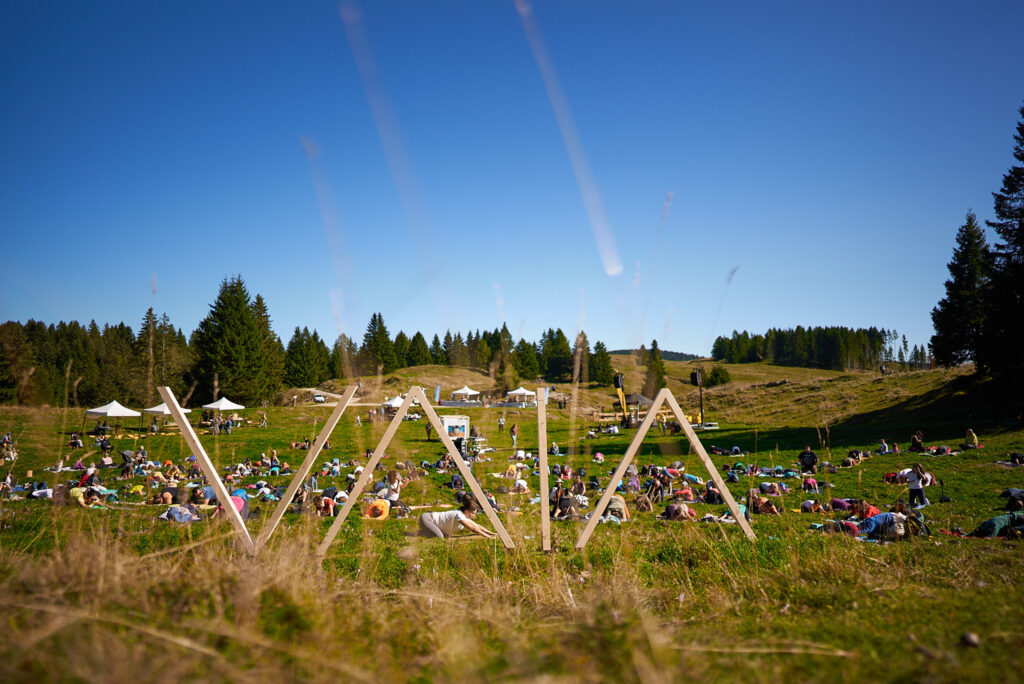“All great literature is one of two stories; a man goes on a journey or a stranger comes to town”. In this short phrase, presumed to have been written in the late 19th century, Lev Tolstoj sums up a timeless and universal law: stories, all stories, whether personal or collective, begin with movement, a journey to somewhere or an arrival from somewhere. All in all, a border crossing. Tolstoj’s illuminating aphorism is the inspiration for the second issue of humus®, ‘Border crossings’, which investigates the contemporary responses to the continuous trespassing we all experiment, research and at times suffer.
Multicultural dynamics do not belong only to the present, even though sometimes we tend to forget; but we cannot deny that the increase in global mobility has exacerbated migratory phenomena, making them – along with the digital revolution – one of the decisive factors of our era. Something that is now impossible – and indeed utopic – to disregard. And so humus® asked Agostino Portera, Ph.D. and professor of Intercultural Pedagogy, author of an interesting book with the great sociologist Zygmunt Bauman (Education and Intercultural Identity, Routledge 2021), in the Focus On section, to illustrate the reasons why knowing how to live among different cultures will be the real super-power of the coming decades.
We cannot take the methods of this cohabitation for granted: indeed, we have to invent them all. For this reason we called on designers, artists and photographers who have built their professions and life around border crossings: these include the Burkinabé and German architect Francis Kéré, Pritzker Prize 2022, whose project at the UNESCO Virtual Museum of Stolen Cultural Objects will be launched next autumn: the Nigerian designer Nifemi Marcus-Bello, whose portable washing station For the Community by the Community is on display at the MoMA in New York; the firm TAMassociati from Venice, that works in critical places such as Bethlehem, learning how to work with the essential every day.
We have also discovered that the border crossing towards other identities and cultures can be a truly valid stimulus for artists and creative professionals: in this sense, we tell the stories of Lola Montes, US sculptor and ceramic artist who moved to Sicily in search of inspiration, and Anna Maria Maiolino, the artist who was awarded the Golden Lion in Venice in 2024 and today is celebrated by a major exhibition at the Picasso Museum in Paris, whos artistic and existential journey has crossed two continents and four countries.
Everyone featured in the articles has developed their own personal formula for tackling small and large migrations, both everyday and existential, and the encounters – or clashes – with different cultures. The conclusion that there is no universally valid method seems taken for granted: the only certainty is that in our times, cultural identity is not a given, unchangeable fact, as it once was, but rather an element in the making, to be built, changed, completed and adapted.
The words of Zygmunt Bauman, the masterly who developed the concept of liquid society, published in 2009 in the italian newspaper Corriere della Sera, help us to close the circle: “Material or mental borders, whether in plaster and brick or symbolic, can be battlefields, but are also creative workshops of the art of living together, the soil in which (knowingly or otherwise) the seeds of future forms of humanity are sown and grow”. The article was entitled Nascono sui confini le nuove identità (New identities are born on borders).



